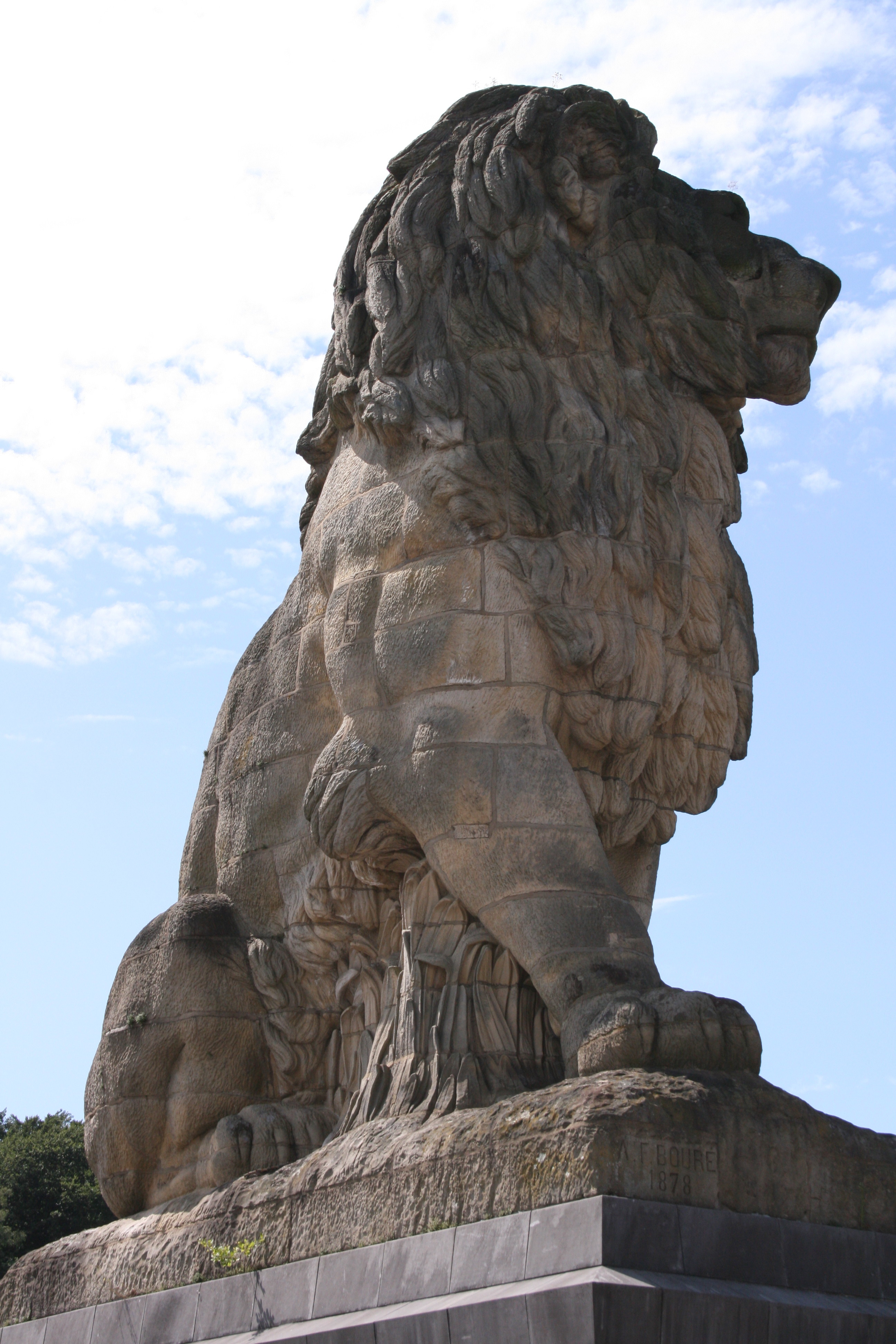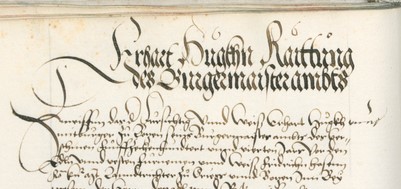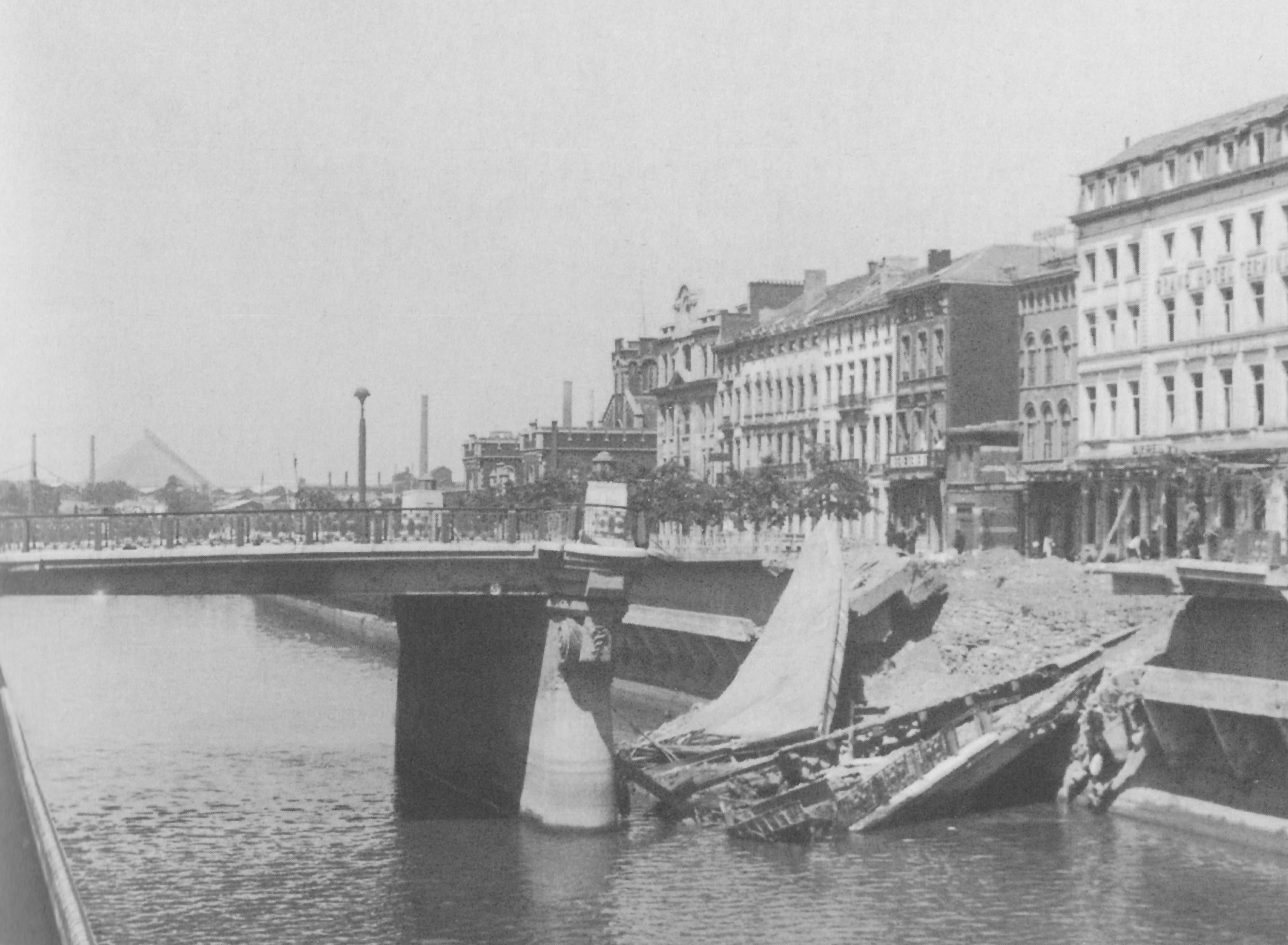|
Charleroi Courthouse
The Charleroi Courthouse is located on Avenue Général Michel in Charleroi, Belgium. Built between 1959 and 1963, according to Charleroi architect Jacques Depelsenaire, it is the fourth building since the early 19th century to house the Charleroi judiciary.The Hainaut jurisdiction is made up of three divisions: Charleroi, Mons and Tournai Today, it houses the Hainaut Court of First Instance, Charleroi Division, the Charleroi public prosecutor's office, the justices of the peace of Charleroi I and II, and the police court, Charleroi Division. On the same land, there is a building where the National Glass Institute, the Glass Museum, and the Archaeological Museum were housed from 1967 to 2006. Since 2010, the building has been occupied by the company court (until 2018 "commercial court"), the labor court, and the labor prosecutor's office. Location The Palace of Justice and its extension, the ''Palais du verre'', or The Glass Palace of Charleroi, are located on the former M ... [...More Info...] [...Related Items...] OR: [Wikipedia] [Google] [Baidu] |
Charleroi
Charleroi (, , ; ) is a city and a municipality of Wallonia, located in the province of Hainaut, Belgium. It is the largest city in both Hainaut and Wallonia. The city is situated in the valley of the Sambre, in the south-west of Belgium, not far from the border with France. By 1 January 2008, the total population of Charleroi was 201,593.Statistics Belgium; ''Population de droit par commune au 1 janvier 2008'' (excel-file) Population of all municipalities in Belgium, as of 1 January 2008. Retrieved on 19 October 2008. The , including the outer commuter zone, covers an area of wit ... [...More Info...] [...Related Items...] OR: [Wikipedia] [Google] [Baidu] |
Antoine-Félix Bouré
Antoine-Félix Bouré (8 July 1831 – 8 April 1883), known in his own time as Félix Bouré but sometimes found in modern scholarship as Antoine Bouré, was a Belgian sculptor, best known for his monumental sculpture, monumental lions. Life and career Bouré was born in Brussels as the Belgian Revolution, Belgian war of independence was drawing to a close. He studied locally first under Guillaume Geefs and then from 1846 to 1852 under Eugène Simonis at the Académie Royale des Beaux-Arts, Royal Academy for Fine Art, going abroad to complete his training at the Accademia di Belle Arti Firenze, Academy of Fine Arts at Florence. In his studies, he followed the same course as his older brother, Paul Bouré. Paul died in his mid-twenties when Antoine-Félix was only 17. Bouré was among the artists whose work was exhibited at the Musée Bovie, a ''grand maison'' built by the painter Virginie Bovie on the Rue de Trône, Brussels. In 1868, he was one of sixteen co-founders of the Soc ... [...More Info...] [...Related Items...] OR: [Wikipedia] [Google] [Baidu] |
Georges Lemaître
Georges Henri Joseph Édouard Lemaître ( ; ; 17 July 1894 – 20 June 1966) was a Belgian Catholic priest, theoretical physicist, and mathematician who made major contributions to cosmology and astrophysics. He was the first to argue that the recession of galaxies is evidence of an expanding universe and to connect the observational Hubble–Lemaître law with the solution to the Einstein field equations in the general theory of relativity for a homogenous and isotropic universe. That work led Lemaître to propose what he called the "hypothesis of the primeval atom", now regarded as the first formulation of the Big Bang theory of the origin of the universe. Lemaître studied engineering, mathematics, physics, and philosophy at the Catholic University of Louvain and was ordained as a priest of the Archdiocese of Mechelen in 1923. His ecclesiastical superior and mentor, Cardinal Désiré-Joseph Mercier, encouraged and supported his scientific work, allowing Lemaître to trave ... [...More Info...] [...Related Items...] OR: [Wikipedia] [Google] [Baidu] |
Olivier Strebelle
Olivier Strebelle (20 January 1927 – 29 July 2017) was a Belgian sculptor. Strebelle was a prolific artist for more than 65 years, and his works are found in private collections and public settings around the world. His monumental (usually bronze) sculptures adorn many public places in Brussels as well as in Germany, Israel, Italy, Russia, Singapore, Switzerland, and the United States. His style evolved from robust, organic abstract forms to the sinuous lines seen in ''Athletes Alley'', on the site of the Beijing Olympic Games. His sculpture ''The Abduction of Europa'' () has been on display in the Square of Europe, Moscow, since September 2002. Biography Strebelle was born in Brussels on 20 January 1927. He died on 29 July 2017. ''Athletes Alley'' ''Athletes Alley'' is a sculpture meant as a gift from Belgium to the city of Beijing, but was not completed in time. It opened shortly after the games ended, having cost over €5 million. The abstract installation is compos ... [...More Info...] [...Related Items...] OR: [Wikipedia] [Google] [Baidu] |
Claire Lambe (artist)
Claire Lambe (born 1962) is a visual artist born in Macclesfield, England who lives and works in Melbourne, Australia. She was part of the National Gallery of Australia's 2021–22 Know My Name exhibition, and featured in the National Gallery of Victoria's exhibition, Melbourne Now. Biography Lambe completed a Bachelor of Fine Art at Bristol College of Art in 1985, followed by postgraduate studies at the University of New South Wales in 1990 and a Master of Fine Arts at Goldsmiths, London in 1995. From 2010 to 2012, Lambe established the artist-run space Death Be Kind with Elvis Richardson. Exhibitions Lambe has participated in various solo, group and collaborative exhibitions. Significant exhibitions include: * The Memorial (2010'' * The Rest is Silence (2011)' ''Yakety Sax'' (2011)''LazyBoy'' (2012)* West Space, Melbourne (2013) * Neverwhere, Gaia Gallery, Istanbul (2014) Spring 1883 art fair (2014)* Lurid Beauty, National Gallery of Victoria, Melbourne (2015) Mother Ho ... [...More Info...] [...Related Items...] OR: [Wikipedia] [Google] [Baidu] |
Palais Du Verre
{{disambig, surname ...
Palais () may refer to: * Dance hall, popularly a ''palais de danse'', in the 1950s and 1960s in the UK * ''Palais'', French for palace **Grand Palais, the Grand Palais des Champs-Elysées **Petit Palais, an art museum in Paris * Palais River in the French ''département'' of Deux-Sèvres * Palais Theatre, historic cinema ("picture palace") in Melbourne, Australia *Richard Palais (born 1931), American mathematician *Le Palais, a commune in Morbihan departement, France See also *Palais Royal (other) * Palai (other) * Palace (other) * Palas (other) A palas is that part of a medieval imperial palace or castle which contains the great hall and other prestigious state rooms. Palas may also refer to: Places * Palas, Iran, a village in Iran * Palas, a former commune, nowadays a neighbourhood in ... [...More Info...] [...Related Items...] OR: [Wikipedia] [Google] [Baidu] |
Bois Du Cazier
The Bois du Cazier () was a coal mine in what was then the town of Marcinelle, near Charleroi, in Belgium which today is preserved as an industrial heritage site. It is best known as the location of a major mining disaster that took place on August 8, 1956 in which 262 men, including a large number of Italian labourers, were killed. Aside from memorials to the disaster, the site features a small woodland park, preserved headframes and buildings, as well as an Industrial Museum and Glass Museum. The museum features on the European Route of Industrial Heritage and is one of the four Walloon mining sites listed by UNESCO as a World Heritage Site in 2012. History The history of coal mining on the site of the Bois du Cazier dates back to a concession awarded by royal decree on 30 September 1822; a transcription error caused the name of the site to be changed from Bois ''de'' Cazier. After 1898, the site was owned by the ''charbonnages d'Amercœur'' company and operated by the ''Socié ... [...More Info...] [...Related Items...] OR: [Wikipedia] [Google] [Baidu] |
Albert II Of Belgium
Albert II (born 6 June 1934) is a member of the Belgian royal family who reigned as King of the Belgians from 9 August 1993 until his abdication on 21 July 2013. Albert II is the son of King Leopold III and the last living child of Queen Astrid, born a princess of Sweden. He is the younger brother of the late Grand Duchess Joséphine-Charlotte of Luxembourg and King Baudouin, whom he succeeded following Baudouin's death in 1993. He married Donna Paola Ruffo di Calabria (now Queen Paola), with whom he had three children. Albert's eldest son, Philippe, is the current King of the Belgians. On 3 July 2013, King Albert II attended a midday session of the Belgian cabinet. He then announced that, on 21 July, Belgian National Day, he would abdicate the throne for health reasons. He was succeeded by his son Philippe on 21 July 2013. In doing so, he was also the second Belgian monarch to abdicate, following his father, Leopold III, who abdicated in 1951, albeit under very diff ... [...More Info...] [...Related Items...] OR: [Wikipedia] [Google] [Baidu] |
Prix De Rome
The Prix de Rome () or Grand Prix de Rome was a French scholarship for arts students, initially for painters and sculptors, that was established in 1663 during the reign of Louis XIV of France. Winners were awarded a bursary that allowed them to stay in Rome for three to five years at the expense of the state. The prize was extended to architecture in 1720, music in 1803 and engraving in 1804. The prestigious award was abolished in 1968 by André Malraux, then Minister of Culture, following the May 68 riots that called for cultural change. History The Prix de Rome was initially created for painters and sculptors in 1663 in France, during the reign of Louis XIV. It was an annual bursary for promising artists having proved their talents by completing a very difficult elimination contest. To succeed, a student had to create a sketch on an assigned topic while isolated in a closed booth with no reference material to draw on. The prize, organised by the Académie Royale de Peintu ... [...More Info...] [...Related Items...] OR: [Wikipedia] [Google] [Baidu] |
Burgomaster
Burgomaster (alternatively spelled burgermeister, ) is the English form of various terms in or derived from Germanic languages for the chief magistrate or executive of a city or town. The name in English was derived from the Dutch . In some cases, burgomaster was the title of the head of state and head of government of a sovereign (or partially or de facto sovereign) city-state, sometimes combined with other titles, such as Hamburg's First Mayor and President of the Senate). Contemporary titles are commonly translated into English as ''mayor''. Historical use * The title "burgermeister" was first used in the early 13th century. * In history (sometimes until the beginning of the 19th century) in many free imperial cities (such as Bremen, Hamburg, Lübeck, etc.) the function of burgomaster was usually held simultaneously by three persons, serving as an executive college. One of the three being burgomaster in chief for a year (called in some cases in ; in ''presiding burg ... [...More Info...] [...Related Items...] OR: [Wikipedia] [Google] [Baidu] |
World War II
World War II or the Second World War (1 September 1939 – 2 September 1945) was a World war, global conflict between two coalitions: the Allies of World War II, Allies and the Axis powers. World War II by country, Nearly all of the world's countries participated, with many nations mobilising all resources in pursuit of total war. Tanks in World War II, Tanks and Air warfare of World War II, aircraft played major roles, enabling the strategic bombing of cities and delivery of the Atomic bombings of Hiroshima and Nagasaki, first and only nuclear weapons ever used in war. World War II is the List of wars by death toll, deadliest conflict in history, causing World War II casualties, the death of 70 to 85 million people, more than half of whom were civilians. Millions died in genocides, including the Holocaust, and by massacres, starvation, and disease. After the Allied victory, Allied-occupied Germany, Germany, Allied-occupied Austria, Austria, Occupation of Japan, Japan, a ... [...More Info...] [...Related Items...] OR: [Wikipedia] [Google] [Baidu] |
Charleroi - Entrée Du Palais De Justice - Carte Postale Nels - Vers 1930 - 01
Charleroi (, , ; ) is a City status in Belgium, city and a Municipalities in Belgium, municipality of Wallonia, located in the Provinces of Belgium, province of Hainaut (province), Hainaut, Belgium. It is the largest city in both Hainaut and Wallonia. The city is situated in the valley of the Sambre, in the south-west of Belgium, not far from the border with France. By 1 January 2008, the total population of Charleroi was 201,593.Statistics Belgium; ''Population de droit par commune au 1 janvier 2008'' (excel-file) Population of all municipalities in Belgium, as of 1 January 2008. Retrieved on 19 October 2008. The metropolitan areas in Belgium, metropolitan area, including the outer commuter zone, covers an area of with a total population of 522,522 by ... [...More Info...] [...Related Items...] OR: [Wikipedia] [Google] [Baidu] |







